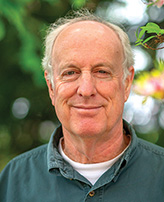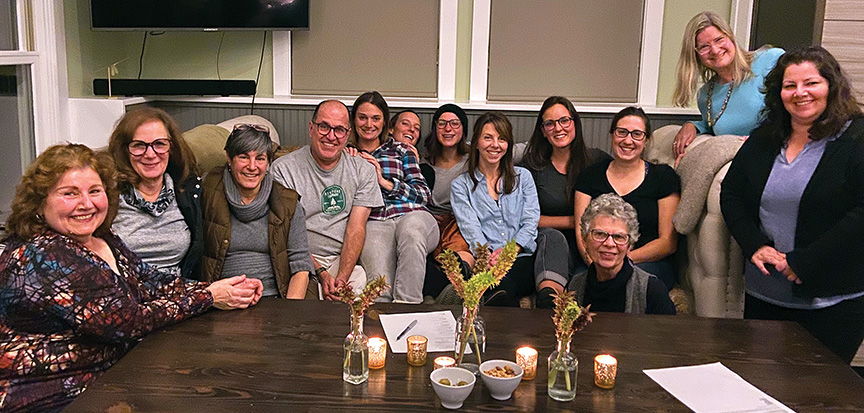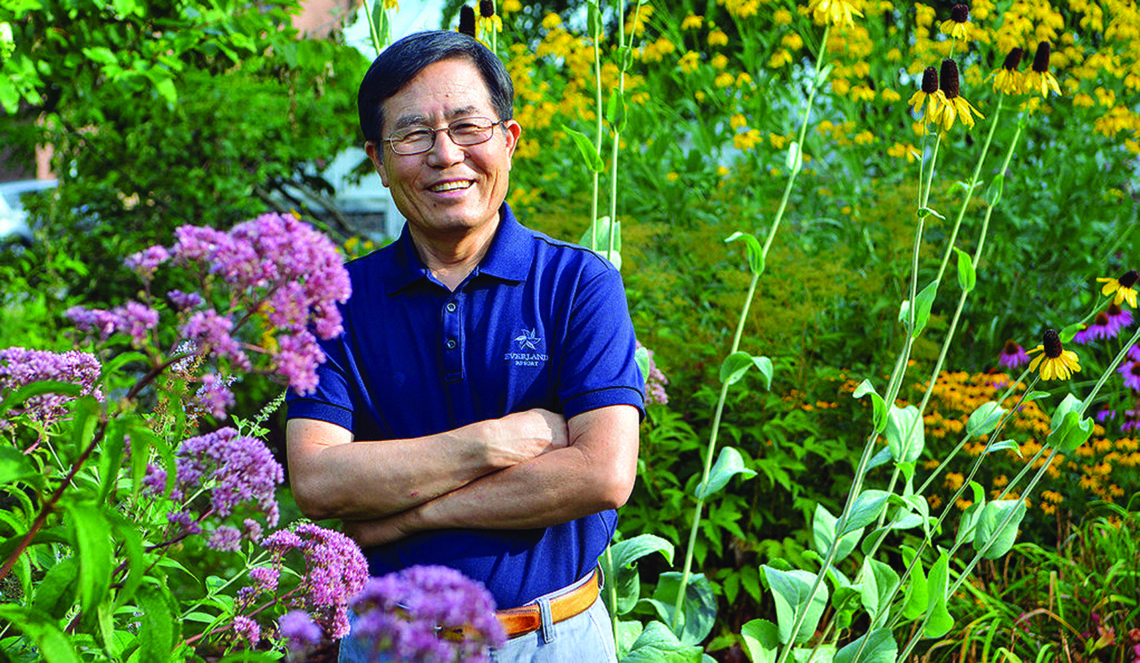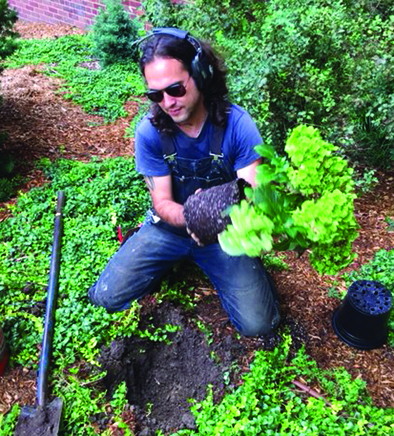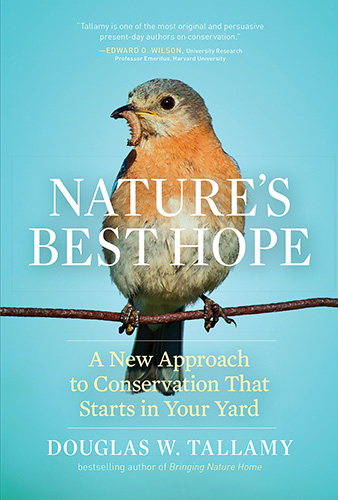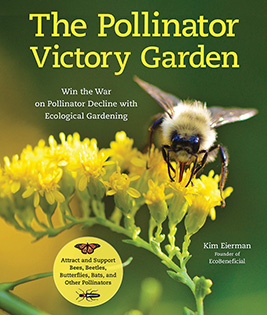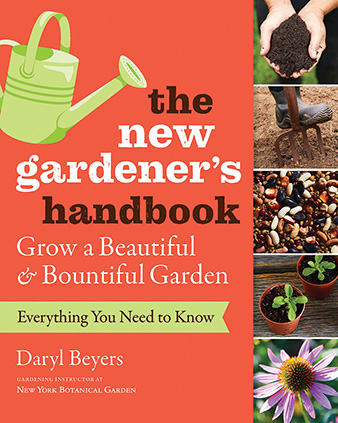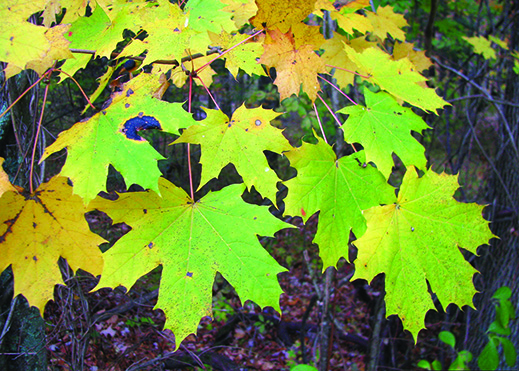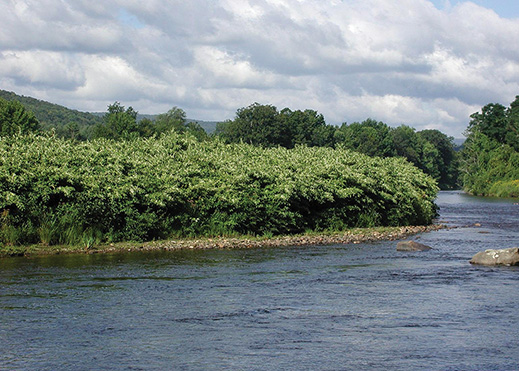By Will Rowlands Why do people go to such extremes to get rid of dandelions? There are many good things about the plant and very little bad, unless you consider the amount of work and herbicides expended in trying to get rid of them! Dandelions (Taraxacum spp.) haven’t always been considered weeds. Quite the contrary, they’ve been prized for their beauty, eaten, and used in medicine and magic. They were reportedly considered delicacies by the Victorian gentry, who used them in salads and sandwiches. It is likely they were brought to the U.S. intentionally for culinary and/or medicinal purposes. Dandelions were used for centuries by the Celts, Chinese, Egyptians, Greeks,…
-
-
Welcome Bugs Into Your Yard
YOU MIGHT JUST SAVE THE WORLDBy Douglas W. Tallamy UNFORTUNATELY, we humans are now in a position to declare victory in our long war on insects. The United Nations’ Global Assessment Report on Biodiversity and Ecosystem Services has found 1 million plant and animal species, mostly bugs, to be at imminent risk of extinction. Industrial agriculture, millions of miles of road hazards, unnecessary lights, overuse of pesticides, habitat elimination, tens of millions of acres of sterile lawn and the widespread displacement of native plants have caused a 45 percent decline in insect populations just in the past 40 years. Originally published in the Washington Post on Feb. 20, 2020 To…
-
The Connecticut Flower Collective
By Anne Rowlands EARLY LAST YEAR Michael Russo contacted me about the new Branford-based Connecticut Flower Collective (CFC). Michael – a CG contributor, floral designer and flower farmer at Trout Lily Farm – wrote, “This is so new, exciting and happening for the Connecticut floral scene … It will be a bit bumpy and a diamond in the rough to start, but I believe a progressive and forward thinking concept for the Connecticut floral community.” The concept had been tossed around for several years among a core group of flower farmers who decided to make it a reality. They knew there were plenty of floral designers wanting local materials, and…
-
The Marsh Botanical Garden is Blooming
By Susan Gonzalez While leading a group of Girl Scouts on a tour of Yale’s Marsh Botanical Garden not so long ago, curator Kunso Kim spoke about flowers’ dependence upon bees, butterflies, and birds for pollination, and what the plants provide their pollinators in return – the nectar that is their food. This story first appeared in YaleNews on Dec. 2, 2019 Kim, who became associate director of the botanical garden late last year, also emphasized for the children the symbiotic relationship between plants and humans. “We cannot exist on earth without plants,” he said. “I touch upon aspects of conservation with them at a level that is easy for…
-
Requiem for the Rototiller
By Manny Grossman Soil care. The phrase often evokes apprehension and even fear amongst new gardeners. As a longtime teacher of soil science at the New York Botanical Garden, I hear it all the time. “Will I need to bring in truckloads of compost?” “When is the best time to double dig and rototill?” And let’s not forget the old classic, “What is the best product to buy for my soil?” Well, I’m here to allay all your fears and apprehensions. No, the truth is that soil care and management is actually really easy. And pretty inexpensive, too. Why? Because the less you do the better your results will be.…
-
Nature’s Best Hope
AN ESSENTIAL READ for those concerned with the fate of planet Earth and its creatures. Some species of wildlife are being extirpated (going extinct locally) or becoming extinct altogether and the typical American yard (all lawn and non-native plants) is a big part of the problem. The author, Doug Tallamy, is a professor in the Dept. of Entomology and Wildlife Ecology at the University of Delaware. His research focuses on the interaction of insects with plants and how they impact the diversity of animal communities. Tallamy has been a hero of conservationists ever since the publication of his first book, Bringing Nature Home, in 2007. His third book, Nature’s Best…
-
The Pollinator Victory Garden
In case you haven’t been paying attention … pollinators are in trouble. Their decline is to due to a number of factors including loss of habitat, widespread use of pesticides, invasive plants, decreasing biodiversity and climate change. So what do you do if you’re a concerned gardener? You create a garden/yard with plants, shrubs and trees that are attractive to pollinators. Eierman’s concept of Pollinator Victory Gardens is similar to the Homegrown National Parks suggested by Doug Tallamy. The basic problem is the same. Most of our leaders and representatives ignore environmental issues so we have to, in true Minuteman style, take up the cause ourselves in our own front,…
-
The New Gardener’s Handbook
DARYL BEYERS has taught a lot of people how to garden. Fortunately, he’s written a new book about it so we can all benefit from his knowledge and experience. If you’re new to gardening and want to get off on the right foot, The New Gardener’s Handbook is an excellent place to start. Beyers knows what he’s talking about. He is the New York Botanical Garden’s gardening program coordinator and teaches their ‘Fundamentals of Gardening’ course. Previously, he was a staff writer, photographer, and editor for Fine Gardening magazine and a contributing gardening editor at Martha Stewart Living. He also has years of first-hand, on-the-ground experience with landscape crews and…
-
Norway Maple – Yes, It’s Invasive
Norway maple (Acer platanoides) was introduced as a shade tree in Philadelphia by John Bartram, a botanist and horticulturist who got the seeds from London in 1756. It was routinely used as a replacement for elms felled by Dutch Elm Disease in the early 1900s. It’s now a common street tree. In fact, according to the Brooklyn Botanic Garden, it’s the most-planted street tree in the U.S. It’s probably even more common than we think because it’s often confused with other maples. Most people probably don’t even realize it’s considered invasive in Connecticut. The tree is on our state’s official list of invasive plants but is not specifically banned. This…
-
Invasive Management in March & April
We list mechanical control options below. Many thanks to Emmett Varricchio for developing the calendar. See it in full on the CIPWG website at cipwg.uconn.edu If you don’t get to it at the prescribed time, just remember that the best time to manage invasives is NOW! CUT/MOW: Delays/prevents seed production and depletes plant’s resources. Follow-up often as necessary. Repeated mowing is an effective control strategy for some plant species. PULL/DIG: Effective at removing seedlings and annuals. Organize volunteers and have a pulling party. Japanese Knotweed (Polygonum cuspidatum)Cut/mow anytime: Schedule three to four times a year. Can be effective but don’t leave cuttings to root! Oriental Bittersweet (Celastris orbiculatus)Cut/mow anytime: Effective…

